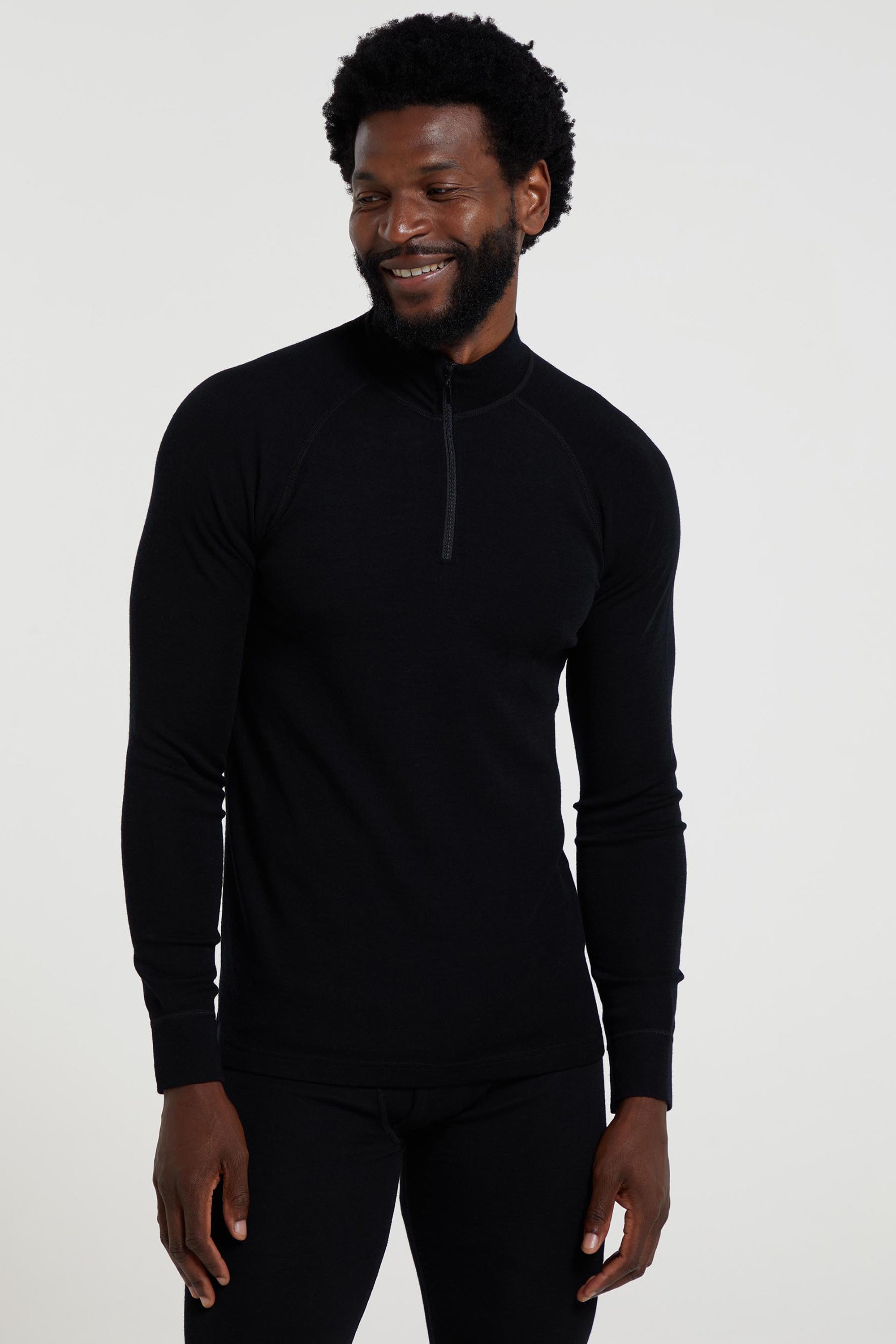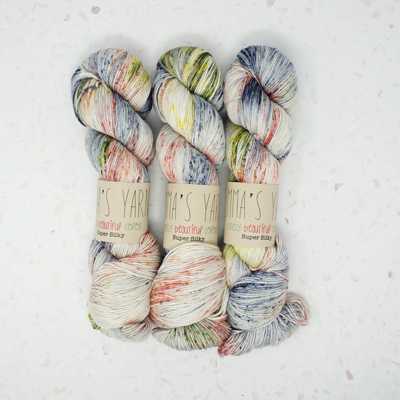Awesome Bamboo Clothing Blog
Wiki Article
Why Are Yak Merino Wool Base Layers So Effective For Winter Sport Clothing With Regards To Natural Fiber Benefits And Environmental Sustainability?
The natural fibers as well as the environmental sustainability of Yak Merino Wool Base Layers make them a great choice for winter sports clothing.
Merino and Yak wool are both natural fibers. They are both renewable resources that can be sustainably harvested without harming animals. The fibers are biodegradable that means they do not harm the environment.
Low environmental impact
Natural fibers are known to have a lower environmental impact than synthetic fibers. The process of harvesting and cultivating wool require less chemical processes and are not dependent on non-renewable resources compared to synthetic fibers.
Energy Efficiency-
The processing of wool fibers consumes less energy than the synthetic fibers produced like nylon and polyester. The energy consumption in the manufacturing process of natural wool is significantly less, which results in lower carbon emissions.
Reduced Microplastics Pollution
Natural wool fibers aren't accountable for microplastic contamination of waters in contrast to synthetic fibers which release microplastics after being washed.
Product's long-term durability and its recycling
Yak merino wool clothing is often durable and long-lasting, extending their lifespan. Wool fibers can also be recycled or repurposed to reduce pollution and waste. environment.
Sustainable Practices
Some wool producers and manufacturers adhere to sustainable and ethical practices that ensure animal welfare, responsible land management, and fair conditions for the workers in the production chain.
Environmental Certification-
The Responsible Wool Standard or the Global Organic Textile Standard are certifications that verify ethical and environmentally responsible practices used in the wool industry. They offer consumers assurances regarding sustainable practices.
The yak merino base layer are eco-friendly since they are made of natural and renewable sources, and include ethical and sustainable practices throughout the supply chain. The use of natural fibers for winter sports clothes like yak and Merino is an opportunity to support environmentally friendly consumption. Read the top merino wool base layer examples for website info including best merino base layer, merino thermals, smartwool merino base layer, best merino wool base layer, long john merino, ski thermals, first lite merino wool base layer, ski base layer mens, long john merino, base layer moisture wicking and more.

What Are The Benefits Of Wearing Bamboo Clothing For Outdoor Clothes For Warmth, Comfort, And Sustainable?
Bamboo clothing is an excellent option for outdoor clothing, offering comfort, protection and environmental sustainability.
Bamboo fabric is known to be soft and smooth. It is gentle to the skin. The luxurious feeling of bamboo fabric is frequently compared to cashmere or silk.
Bamboo fibers are wicking in moisture, which pull moisture away and help keep wearers dry and comfortable when they are engaged in physical exercise.
Thermal Regulation- Bamboo clothing has natural temperature-regulating properties, providing warmth in winter while remaining breathable to prevent overheating.
Sustainability-
Bamboo is an eco-friendly resource. It can grow quickly and without chemical or pesticide fertilizers. It regenerates rapidly, making it a sustainable choice for clothes materials.
Low environmental impact - Bamboo farming is typically less water-intensive than conventional cotton farming, and it doesn't diminish soil nutrients. Bamboo absorbs more CO2 than other plants and releases more oxygen in the air.
Protection for Outdoor Wear-
UV Protection Bamboo fabric with its inherent UV-resistant properties offers a natural protection against harmful UV-rays.
Bamboo has antibacterial properties. Bamboo contains "bamboo Kun," a natural agent that blocks the growth of the bacteria responsible for odors. This helps keep clothes fresher for longer, particularly when worn outdoors.
Other Benefits
Bamboo fibers can be durable and resistant to wear, which makes them suitable as outdoor clothing.
Biodegradability Bamboo clothing is biodegradable. It can be degraded naturally at the end of its life cycle, thus reducing its environmental impact.
Bamboo fabric is a great option for outdoor winter clothes. It offers comfort as well as thermal regulation and moisture control. Read the most popular bamboo clothing examples for blog tips including bamboo clothing leggings, bamboo jacket, bamboo cotton shirts, bamboo yoga wear, dixxon bamboo shirt, bamboo jeans brand, bamboo jeans ross, carter's bamboo pajamas, bamboo hoodie women's, bamboo sun hoody and more.

What Is The Way That Bamboo And Merino Garments Compare With Regular Wool?
Merino wool bamboo clothing, regular wool can be distinguished with distinct features.
Merino's soft fibers make it soft against your skin. It is less likely to trigger irritation or itching when compared with traditional wool.
Merino wool is extremely effective in wicking moisture, which allows it to evaporate. This keeps the wearer cool and comfortable.
Merino Wool is a great insulation and offers warmth even when it is wet. It regulates your body temperature by providing insulation during colder temperatures, and the ability to breathe when you exercise.
Odor resistance- It prevents the development of odor-causing bacteria and ensures that clothes remain fresh, even if worn for extended periods.
Bamboo Clothing
Bamboo clothing is renowned for its silky and soft feel, often likened to cashmere or silk. It's a gentle material that provides a comfortable wearing experience.
Bamboo fabric has moisture-wicking properties which draw moisture away and keeps you dry.
Temperature Regulation- Bamboo clothing has natural temperature-regulating abilities, offering warmth in winter and breathability to prevent overheating.
Sustainability- Bamboo is an extremely renewable resource that can grow rapidly without the use of pesticides. It is biodegradable and has very low environmental impact.
Wool Regular
Texture. The texture of wool is variable. Some types are coarser in texture, and are more prone to itching.
Warmth- Wool offers excellent insulation, but can feel bulky and heavy.
Wool is a sponge for moisture and therefore less effective at wicking moisture than merino or bamboo fabrics. It is still warm even when damp.
In summary, merino wool provides a soft, supple feel, great moisture-wicking capabilities, odor protection, and insulation. Bamboo clothing is supple and wicks moisture away, regulates temperature, and is environmentally friendly. Regular wool is different in texture and may not offer the same moisture-wicking properties or softness as bamboo or merino however it offers insulation and warmth. Each material has its own advantages that meet the needs of different people and preferences for winter clothes. See the top bamboo winter clothings advice for more recommendations including merino wool base layer pant, best base layer for skiing, wicked wool base layer, merino wool base layer women's sale, smartwool base layer, smartwool classic thermal merino quarter zip base layer top women's, wool thermals womens, merino wool underlayer, merino wool base layers, long johns for skiing and more.
